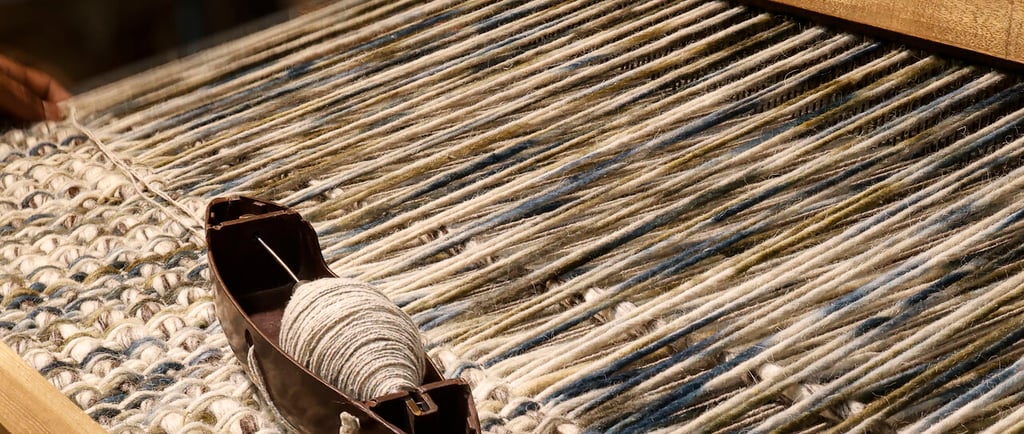The Booming Handmade Rug Market in 2025: A Deep Dive Into Data, Trends, and Science
Explore the booming handmade rug market in 2025 with in-depth insights, data-driven trends, and scientific analysis. Discover key growth drivers, buyer behavior, and emerging opportunities for businesses in the global rug industry.
7/17/20252 min read


Market Size and Growth Projections
The global carpets and rugs market was valued at $94.91 billion in 2025 with an expected compound annual growth rate (CAGR) of 6.9% through 2034, reaching over $153 billion.
Within this, the global handmade rug market stood at approximately $3.5 billion in 2024, projected to grow steadily to around $5.2 billion by 2033 at a CAGR of 4.5%.
India's handmade carpet and rug segment is particularly strong, valued at approximately $56.4 million in 2024, expected to grow at an impressive CAGR of 8%, reaching nearly $89.2 million by 2030.
India accounts for 40% of the world’s handmade carpet exports, with Bhadohi alone contributing 50% of India’s handmade carpet exports, affirming its title as the "Carpet Capital of India".
Export Performance & Global Demand
India’s handmade carpet exports rose to nearly $1.5 billion at the end of FY2025, marking substantial growth in global demand, with strong markets including the US (largest importer), Germany, UK, Australia, and emerging European markets like Sweden.
Indian handmade carpets have gained international acclaim for their craftsmanship, ethical sourcing, and durability, which resonate with a growing global eco-conscious consumer base.
Sustainability & Material Science
Handmade rugs are predominantly crafted from natural fibers like wool, cotton, jute, silk, and recycled materials, which are biodegradable, renewable, and eco-friendly.
Wool alone contributes to over 50% of the Indian handmade rug revenue, prized for its durability and natural insulation properties.
Scientific studies show wool rugs:
Regulate indoor moisture and temperature, absorbing up to 30% of their weight in moisture without feeling wet and slowly releasing it, which helps prevent mold and mildew.
Purify indoor air by absorbing volatile organic compounds (VOCs) for up to 30 years, making homes healthier and reducing allergens.
Are hypoallergenic and antibacterial, resisting dust mites and allergens better than synthetics, providing safer living environments especially for allergy sufferers and children.
Demonstrate remarkable durability with fibers that bend thousands of times without breaking and naturally resist crushing and staining.
Economic and Social Impact
Buying handmade rugs supports artisan livelihoods and preserves centuries-old weaving traditions in India, primarily in clusters like Bhadohi, Jaipur, and Srinagar which possess Geographical Indication (GI) labels protecting these crafts.
The growth of the handmade rug sector aligns with rising disposable incomes, urbanization, and lifestyle changes that emphasize personalized, timeless home decor investments.
We weave stories, not just rugs. For 30+ years, we’ve helped brands and designers around the world bring handmade beauty to modern spaces.
Drop Your Email – We’ll Reach Out
+91 9580328504 | 7706919786
Evergreen Carpets
Bhadohi, Uttar Pradesh, India
© 2025. All rights reserved.
info@evergreencarpets.in
quick access
